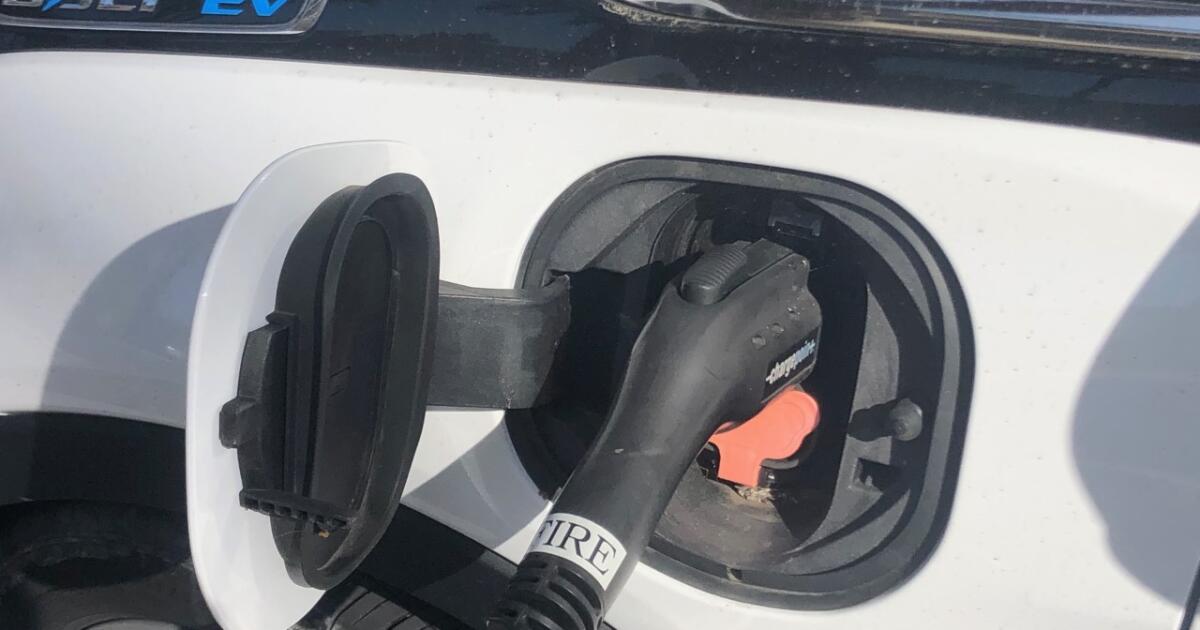Not sure which car Jawed has.
I know Teslas have both the HV battery (480vdc Li-ION or LFP) and then the LV battery (12vdc lead acid on everything except the newest Model Y, which uses a 16vdc LI-ION now.) There isn't actually a cigarette lighter port, instead are a USB Type C ports -- all of which are powerd via the LV battery. There's a transformer charger of sorts which uses the HV battery pack to charge the LV battery, however it's only rated for maybe a few dozen amps tops.
Funny anecote: a Tesla can actually suffer a dead 12v battery while still having a "full charge" and, just like an ICE car with a full tank of gas and a dead battery, the Tesla becomes equally useless. You can even "jump start" a Tesla if the 12v dies, although you need to go get it replaced ASAP. I'm not sure why they elected to do it that way, however I know they're not the only EV manufacturer to make this decision.
I know Teslas have both the HV battery (480vdc Li-ION or LFP) and then the LV battery (12vdc lead acid on everything except the newest Model Y, which uses a 16vdc LI-ION now.) There isn't actually a cigarette lighter port, instead are a USB Type C ports -- all of which are powerd via the LV battery. There's a transformer charger of sorts which uses the HV battery pack to charge the LV battery, however it's only rated for maybe a few dozen amps tops.
Funny anecote: a Tesla can actually suffer a dead 12v battery while still having a "full charge" and, just like an ICE car with a full tank of gas and a dead battery, the Tesla becomes equally useless. You can even "jump start" a Tesla if the 12v dies, although you need to go get it replaced ASAP. I'm not sure why they elected to do it that way, however I know they're not the only EV manufacturer to make this decision.
Last edited:


